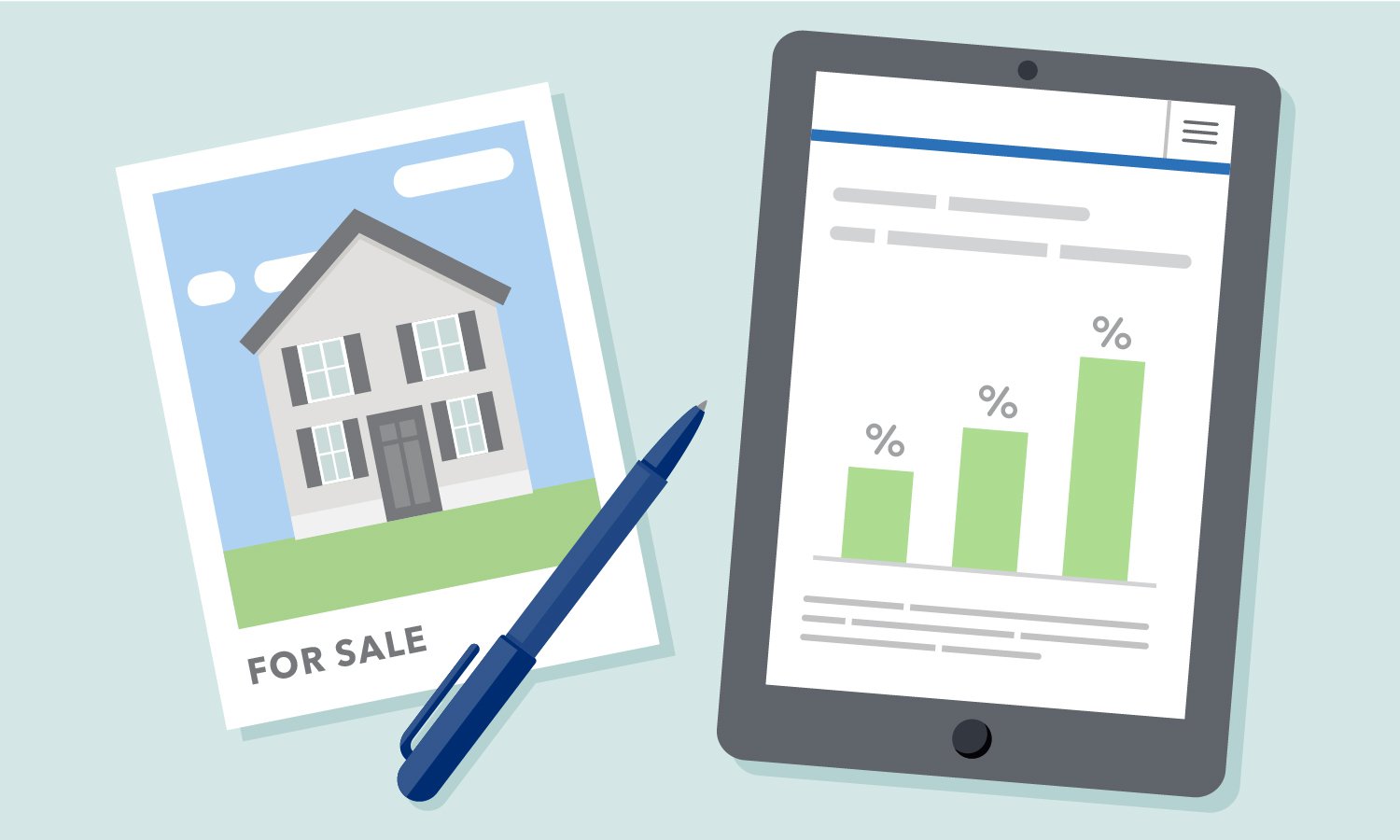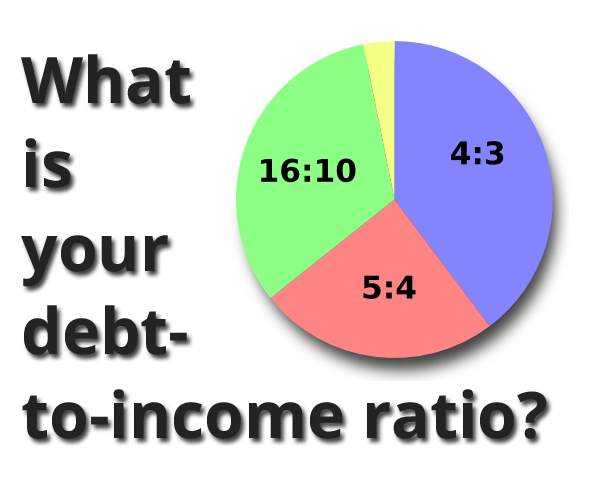In 2007, the U.S. economy got in a home mortgage crisis that triggered panic and monetary turmoil around the world. The financial markets became especially volatile, and the effects lasted for a number of years (or longer). The subprime mortgage crisis was a result of too much loaning and problematic monetary modeling, mostly based upon the assumption that home rates just increase.
Owning a house belongs to the standard "American Dream." The traditional knowledge is that it promotes people taking pride in a home and engaging with a community for the long term. However homes are expensive (at numerous thousands of dollars or more), and lots of individuals require to obtain money to buy a home.
Home loan rate of interest were low, permitting customers to get fairly big loans with a lower month-to-month payment (see how payments are calculated to see how low rates impact payments). In addition, home prices increased drastically, so buying a home appeared like a certainty. Lenders believed that houses made great security, so they were ready to provide versus realty and make profits while things were excellent.
The 10-Second Trick For What Is A Large timeshare vacation deals all inclusive Deposit In Mortgages
With house prices skyrocketing, property owners discovered massive wealth in their homes. They had lots of equity, so why let it being in your house? Property owners re-financed and took second home loans to get money out of their homes' equity - how do reverse mortgages work in utah. They spent a few of that cash carefully (on enhancements to the property associated to the loan).
Banks used simple access to cash prior to the home mortgage crisis emerged. Debtors entered into high-risk mortgages such as option-ARMs, and they got approved for mortgages with little or no documentation. Even individuals with bad credit might qualify as subprime customers (which mortgages have the hifhest right to payment'). Customers had the ability to obtain more than ever in the past, and individuals with low credit history increasingly certified as subprime borrowers.
In addition to much easier approval, debtors had access to loans that guaranteed short-term benefits (with long-lasting dangers). Option-ARM loans allowed borrowers to make little payments on their financial obligation, but the loan quantity may actually increase if the payments were not adequate to cover interest expenses. Rates of interest were fairly low (although not at historical lows), so conventional fixed-rate home loans may have been a reasonable alternative during that period.

The Best Guide To Percentage Of Applicants Who Are Denied Mortgages By Income Level And Race
As long as the party never ended, everything was great. As soon as house prices fell and debtors were not able to pay for loans, the truth came out. Where did all of the cash for loans originated from? There was a glut of liquidity sloshing around the world which rapidly dried up at the height of the home loan crisis.
Complex investments converted illiquid realty holdings into more cash for banks and loan providers. Banks generally kept home mortgages on their books. If you borrowed money from Bank A, you 'd make month-to-month payments straight to Bank A, and that bank lost cash if you defaulted. However, banks often offer loans now, and the loan may be divided and offered to various financiers.
Due to the fact that the banks and home mortgage brokers did not have any skin in the game (they might simply sell the loans before they went bad), loan quality weakened. There was no responsibility or reward to ensure debtors timeshare presentation deals 2016 might afford to pay back loans. Unfortunately, the chickens came house to roost and the home mortgage crisis began to intensify in 2007.
Little Known Facts About Hawaii Reverse Mortgages When The Owner Dies.
Customers who purchased more house than they might pay for eventually stopped making home mortgage payments. To make matters worse, month-to-month payments increased on variable-rate mortgages as interest rates increased. House owners with unaffordable houses faced tough options. They could wait on the bank to foreclose, they might renegotiate their loan in a exercise program, or they could just walk away from the home and default.
Some were able to bridge the space, however others were currently too far behind and dealing with unaffordable home loan payments that weren't sustainable. Generally, banks could recuperate the amount they lent at foreclosure. Nevertheless, house worths was up to such a degree that banks progressively took substantial losses on defaulted loans. State laws and the type of loan identified whether or not lending institutions could attempt to collect any deficiency from debtors.
Banks and financiers began losing money. Monetary institutions decided to lower their exposure to run the risk of dramatically, and banks thought twice to provide to each other due to the fact that they didn't know if they 'd ever earn money back. To operate efficiently, banks and companies need cash to stream easily, so the economy concerned a grinding halt.
The Best Guide To How Subprime Mortgages Are Market Distortion
The FDIC increase staff in preparation for hundreds of bank failures brought on by the home loan crisis, and some pillars of the banking world went under. The general public saw these prominent institutions failing and panic increased. In a historical occasion, we were advised that cash market funds can "break the dollar," or move away from their targeted share price of $1, in unstable times.
The U.S. economy softened, and greater commodity https://www.wrde.com/story/43143561/wesley-financial-group-responds-to-legitimacy-accusations prices harmed consumers and organizations. Other complex financial products began to unwind too. Legislators, customers, bankers, and businesspeople scurried to minimize the effects of the mortgage crisis. It triggered a dramatic chain of occasions and will continue to unfold for years to come.
The long lasting result for many consumers is that it's more difficult to get approved for a home mortgage than it remained in the early-to-mid 2000s. Lenders are needed to validate that customers have the capability to repay a loan you generally need to show proof of your income and possessions. The home loan process is now more troublesome, but hopefully, the financial system is healthier than previously.

The Only Guide for What Are Brea Loans In Mortgages
The subprime home mortgage crisis of 200710 came from an earlier expansion of home loan credit, consisting of to debtors who formerly would have had trouble getting mortgages, which both contributed to and was helped with by quickly rising house rates. Historically, prospective homebuyers found it tough to obtain home mortgages if they had below par credit histories, supplied small down payments or looked for high-payment loans.
While some high-risk households might acquire small-sized home mortgages backed by the Federal Real Estate Administration (FHA), others, facing limited credit alternatives, rented. Because age, homeownership changed around 65 percent, home mortgage foreclosure rates were low, and home building and house rates primarily showed swings in home loan interest rates and income. In the early and mid-2000s, high-risk home mortgages ended up being available from lending institutions who funded home mortgages by repackaging them into pools that were sold to financiers.
The less vulnerable of these securities were viewed as having low danger either because they were guaranteed with new monetary instruments or due to the fact that other securities would initially take in any losses on the underlying mortgages (DiMartino and Duca 2007). This enabled more first-time property buyers to get home loans (Duca, Muellbauer, and Murphy 2011), and homeownership rose.
The Definitive Guide to Why Do Holders Of Mortgages Make Customers Pay Tax And Insurance
This caused expectations of still more house rate gains, further increasing housing need and rates (Case, Shiller, and Thompson 2012). Investors purchasing PMBS benefited initially since rising house prices protected them from losses. When high-risk home loan borrowers might not make loan payments, they either sold their houses at a gain and paid off their home mortgages, or obtained more versus greater market rates.